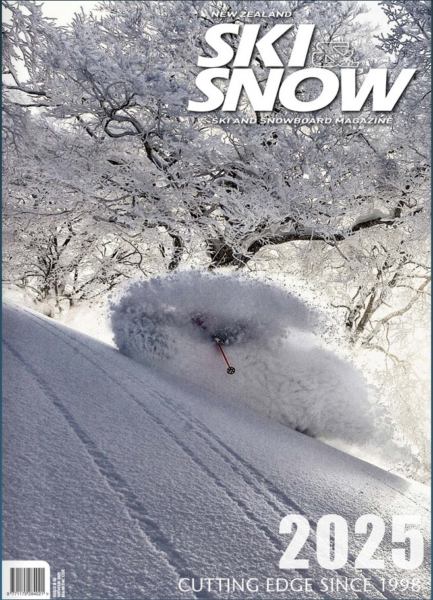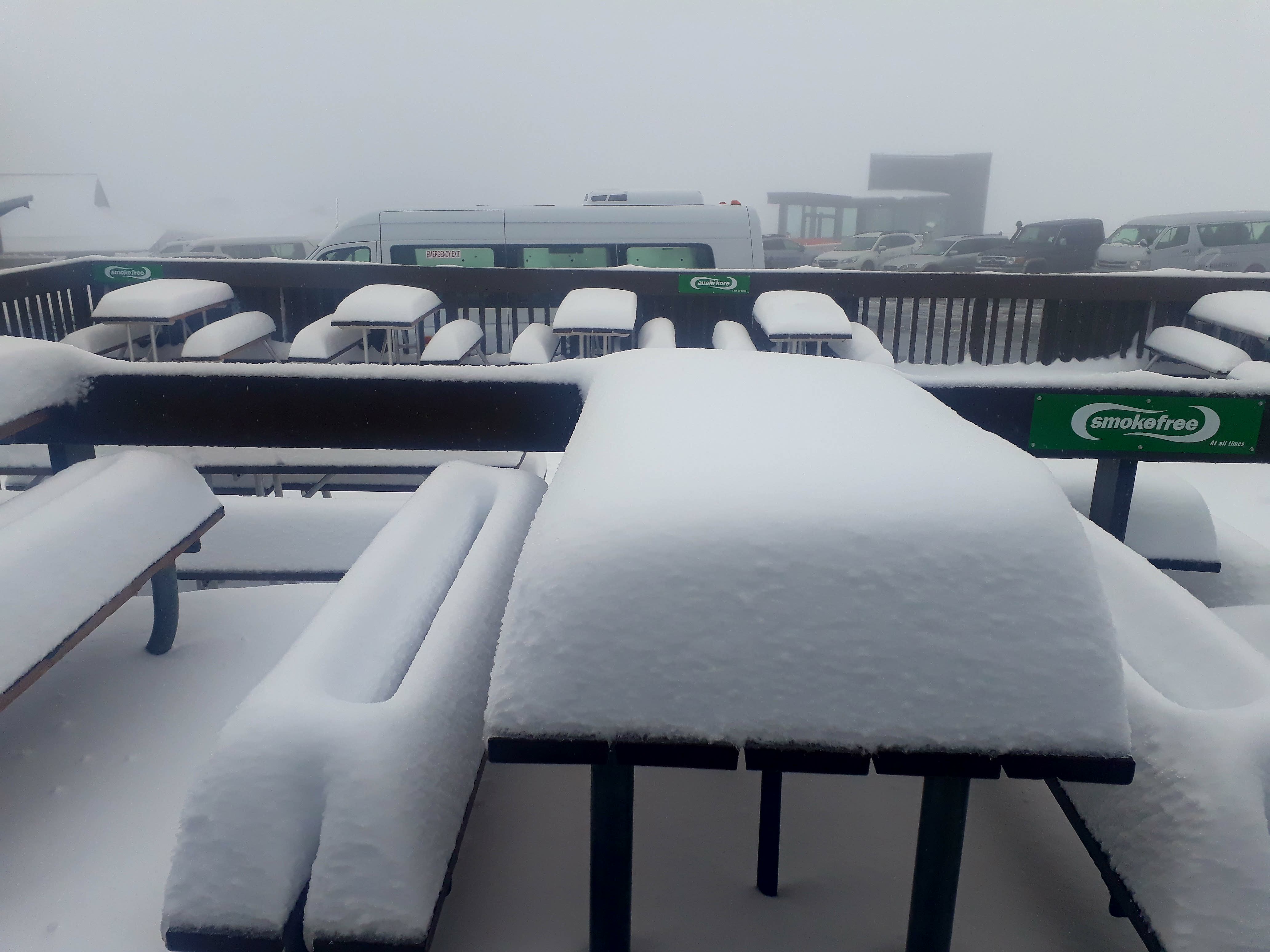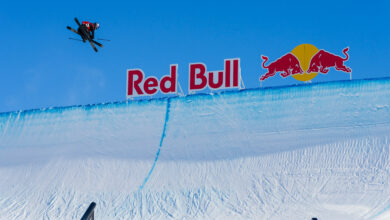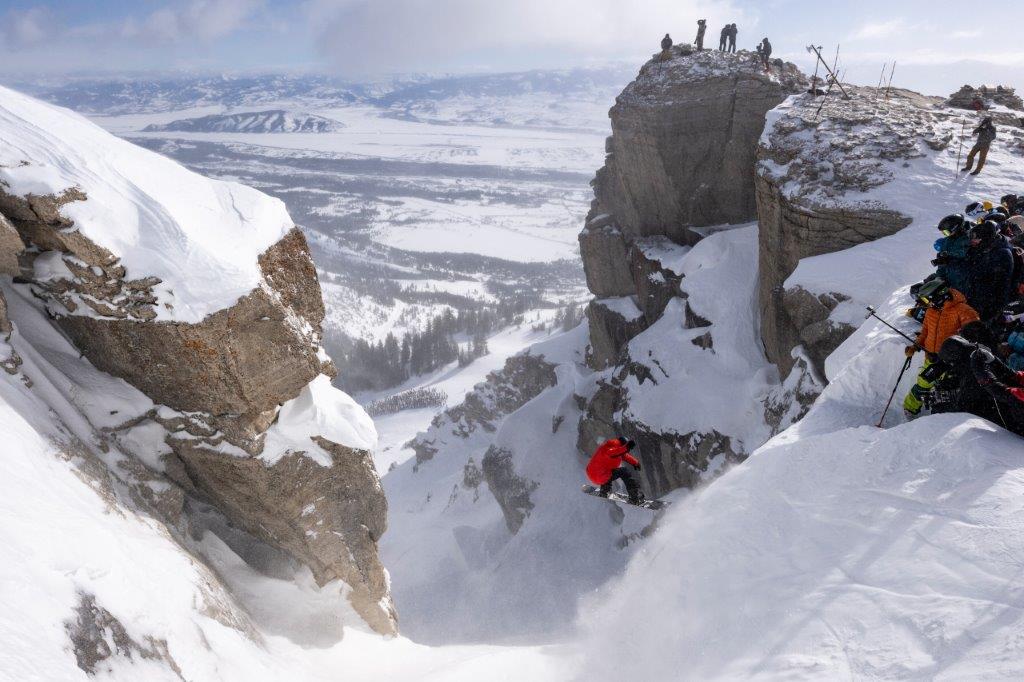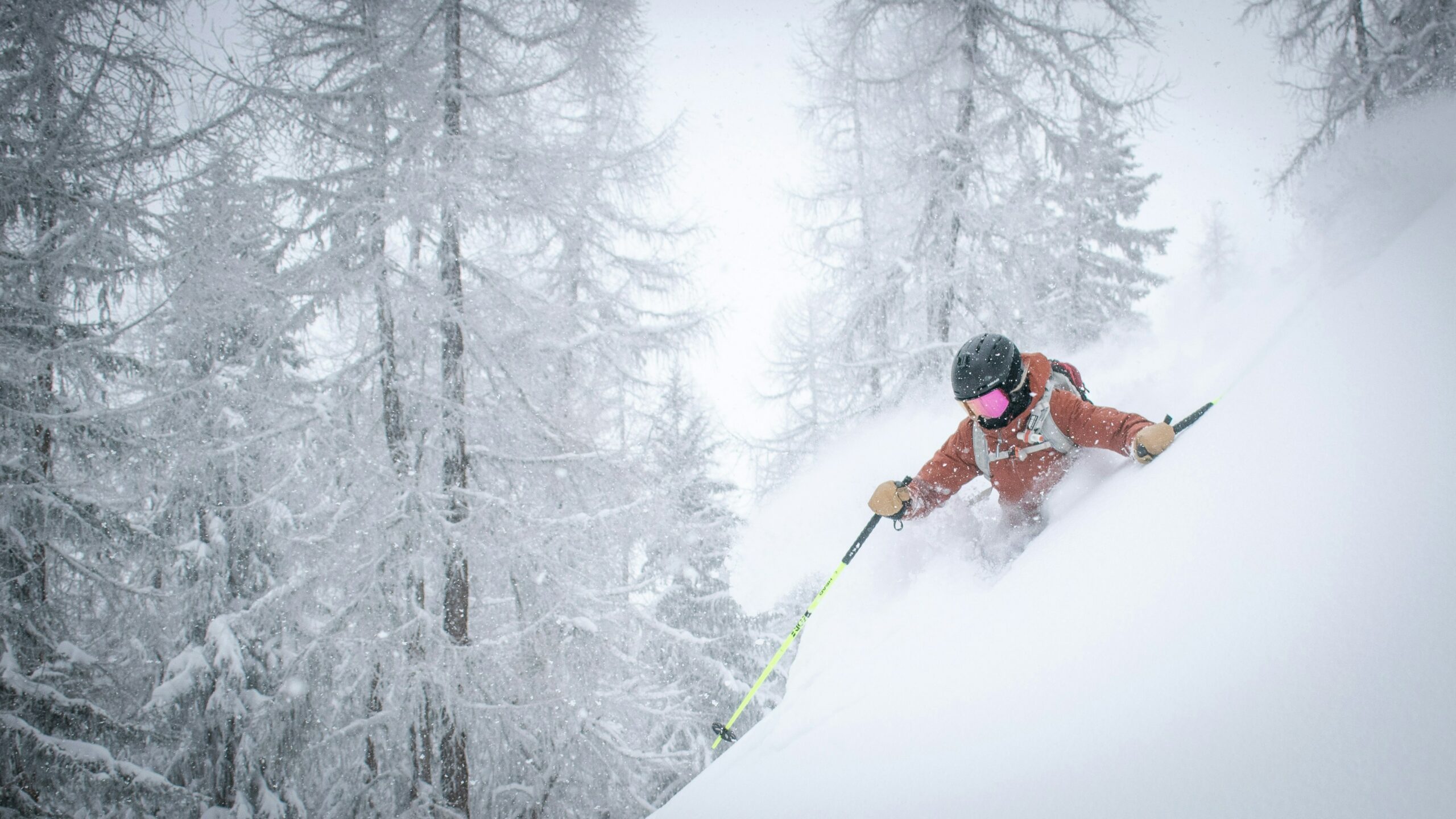
There are many misconceptions about ski poles and their function. Historically, when skiing was primarily a means of transport, poles were used for propulsion. Today, skiing has evolved into a sport with multiple disciplines, and the role of ski poles varies accordingly.
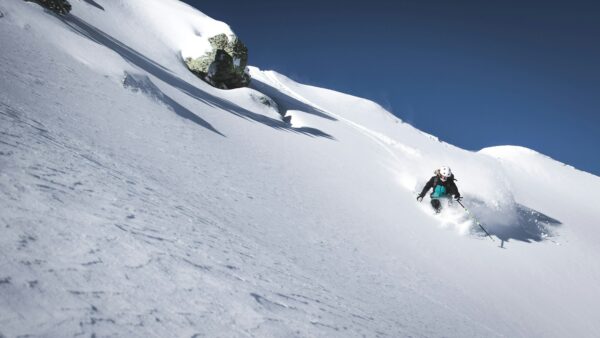
The Role of Poles in Ski Racing
In disciplines like giant slalom (GS) and slalom, poles are crucial. In GS, skiers use longer, ergonomically shaped poles to push off at the start and gain momentum quickly. In slalom, poles also serve to hit gates, which is why slalom racers use fist guards to protect their hands when knocking gates aside.
Recreational Skiing and Pole Use
For many recreational skiers, the purpose of ski poles is not immediately clear. Beginners often carry poles without using them effectively. In fact, pole planting only becomes a functional technique at advanced and expert levels.
Some skiers request lessons specifically to learn pole planting. While instructors can demonstrate the motion, a true “functional pole plant” only emerges when a skier has the skills to integrate it properly. In group lessons, poles are typically introduced at intermediate levels, focusing first on correct hand positioning: hands forward, equidistant from the ground, with slightly flexed elbows.
Terrain-Specific Pole Planting
The function of a pole plant varies depending on terrain:
• Groomed Runs: Here, pole planting is more of a “pole touch” or “pole swing,” used to time the transition between turns. Ideally, the pole tip lightly touches the snow as the skier initiates the next turn. This rhythm helps create consistent, controlled turns.
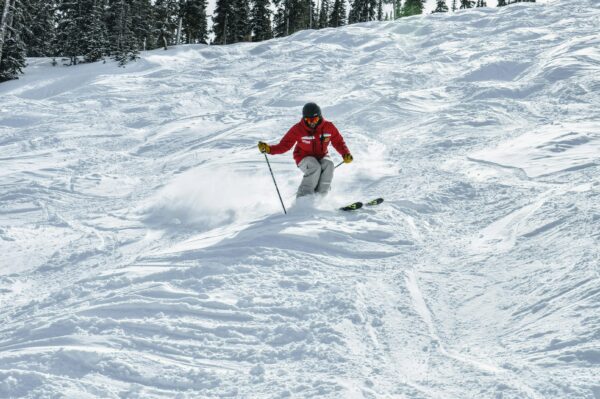
• Moguls: In mogul skiing, the pole plant becomes a “blocking pole plant.” Olympic mogul skier Jonny Moseley once described it as “stabbing the bunny rabbit” (a vivid but harsh analogy). The goal is to plant the pole firmly on top of the mogul, which helps control speed and prevents overturning. Without effective pole use, skiing a zipper line through moguls is significantly harder.
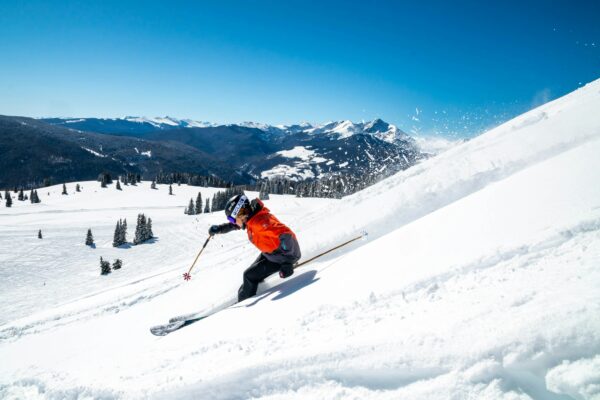
• Steep Terrain: On steep slopes, pole planting aids in initiating turns by reaching downhill, projecting the skier’s body into the fall line, making turn initiation smoother and more controlled.
• Variable Terrain: In mixed conditions, skiers combine different pole techniques. Sometimes a light pole touch is needed, other times a strong blocking plant, depending on the snow and the turns required.
The rest of the feature can be read in the digital version of Ski & Snow 2025
